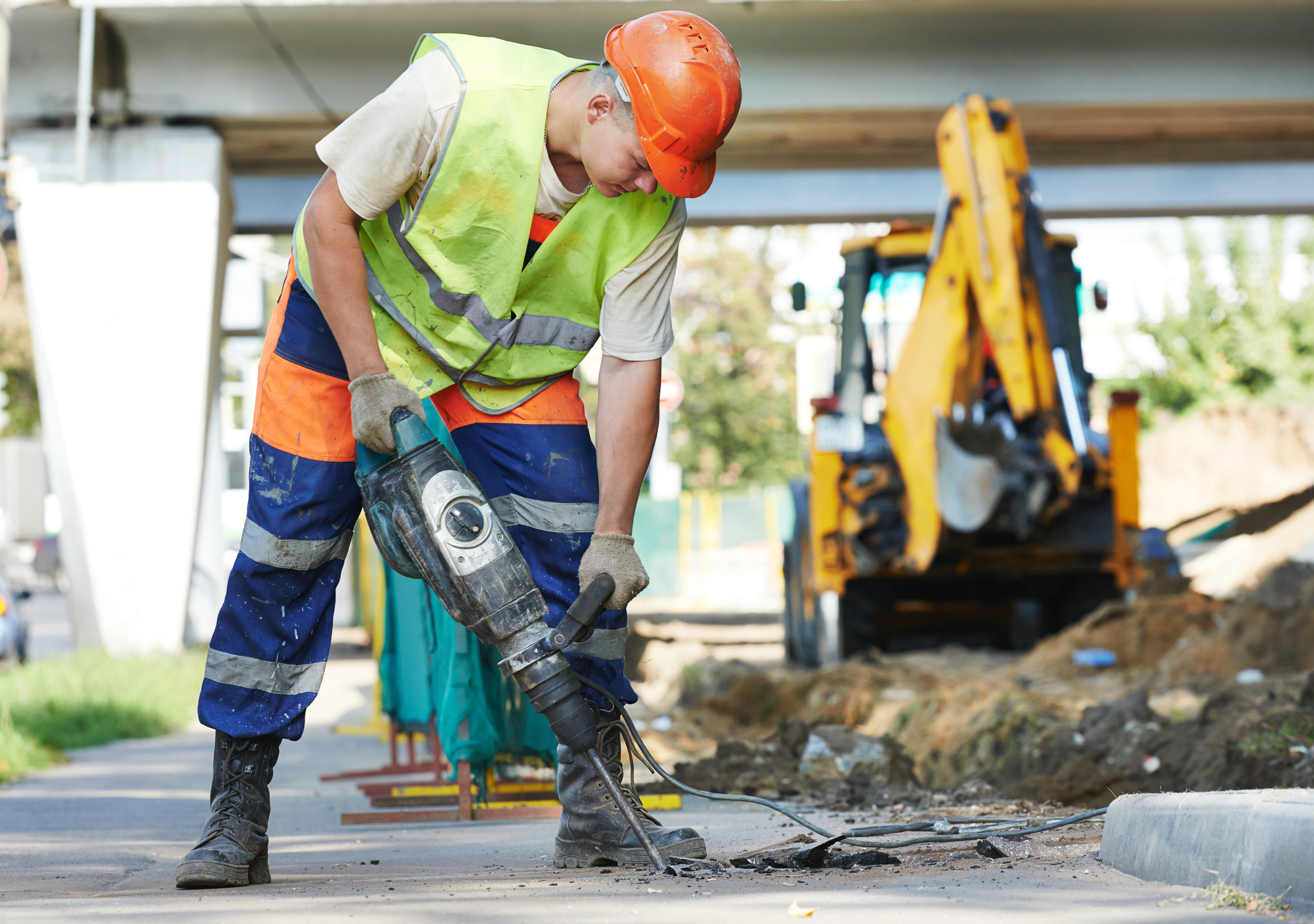
Just about every cooperative and condominium in New York City will at some point need access to a neighboring property to be able to do work on its building or will be asked to provide access for its neighbors to allow them to do work on their building.[1] The intrusion may be minimal – like putting protective planking on a roof – or extensive and disruptive – such as erecting scaffolding, closing off courtyards or terraces, or causing significant noise or vibration. What do you do? What can you do?
The basic rules are pretty simple. The property owner who needs access – either to fulfill a legal obligation to protect adjoining properties during construction or to make its construction easier or less expensive – must obtain a license from the adjoining property owner. A license is simply permission for non-exclusive use for some defined purpose and period of time. The license may be obtained either by negotiation and agreement with the adjoining property owner or, if an agreement cannot be reached, by a legal proceeding under § 881 of New York’s Real Property Actions and Proceedings Law. Section 881 provides that a “license shall be granted by the court in an appropriate case upon such terms as justice requires….” An “appropriate case” is one where the construction is “necessary” within some bounds of reasonableness and practicality. The real issue is determining the terms on which access will be granted. Property owners who oppose access altogether are for the most part unsuccessful.
The license, whether by agreement or court order, should address issues such as:
- minimizing the access and intrusion required
- adequately protecting the adjoining property
- defining the period of time for the access and intrusion, and what happens if the period must be extended
- compensation, either in cash or in-kind, for the access and intrusion, and who receives it if there are affected tenants or occupants apart from the property owner
- insurance or bonding against potential damage or injury
- indemnification against claims arising from the access, construction, and intrusion
- security and privacy concerns
If you are the party who needs the access, you should understand that obtaining the license is a process that will take time and preparation; you don’t want your contractor standing on the sidewalk waiting to start work while you negotiate with the neighbor or need to run to court with a § 881 application. The details of the access, protection and insurance will also need to be coordinated with your contractor and architect.
Whether you are seeking or granting the license, you will also need to consider whether there are other parties whose cooperation and agreement will be needed – the apartment owner or tenant with the balcony or courtyard that will be closed off, the retail store tenant whose light and air will be blocked by scaffolding, the tenant or apartment owner outside whose windows a work platform may be erected, the immediately adjacent tenant or occupant who will be most affected by noise or vibration.
[1] Access to the adjoining property is not usually required for erecting a sidewalk shed – which is required for twenty feet on either side of a construction project – since the sidewalk in front of the adjoining property up to the property line is owned by the City (unless, of course, the adjoining property is set back from the property line, in which case access to the adjoining property is required and, with it, the license, etc.).
This memorandum was initially issued by the cooperative/condominium practice group of Balber Pickard Maldonado & Van Der Tuin, PC which joined Smith, Gambrell & Russell, LLP on February 1, 2017, and now practices as part of SGR’s Cooperative/Condominium practice group.

